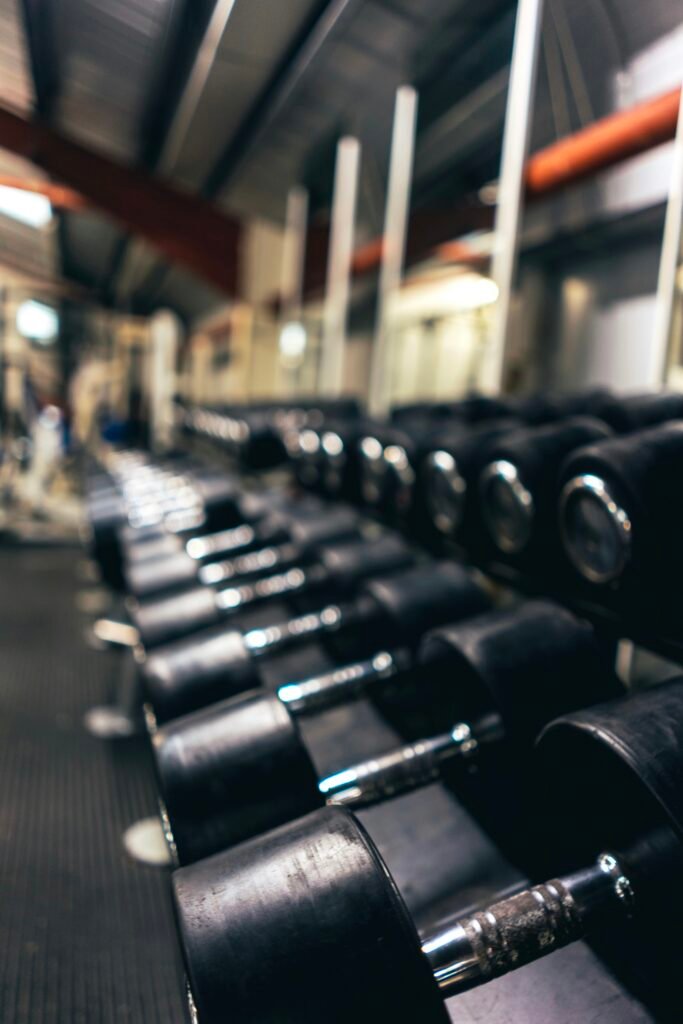How To Measure Your Personal Fitness Level
Have you ever wondered how to accurately measure your personal fitness level? You might have tried various methods before, but were unsure if you were doing it right. In this article, we will guide you through the most effective ways to measure your personal fitness level accurately.

1. Cardiovascular Endurance
Cardiovascular endurance is a crucial component of overall fitness. It refers to the ability of your heart and lungs to supply oxygen to your muscles during sustained physical activity. To test your cardiovascular endurance, you can perform a simple exercise like running or cycling for a certain distance or time.
Running a mile as fast as you can without stopping is a great way to test your cardiovascular endurance. Note how you feel during and after the run – if you are struggling to catch your breath or feel fatigued, it might be an indication that you need to work on improving your cardiovascular fitness.
2. Muscular Strength
Muscular strength is another important aspect of personal fitness. It refers to the amount of force a muscle or group of muscles can exert during a single maximal effort. To measure your muscular strength, you can perform exercises like push-ups, pull-ups, or squats.
Try performing as many push-ups as you can in one minute. Keep track of the number of repetitions you complete. If you struggle to complete more than a few repetitions, it might be a sign that you need to focus on improving your muscular strength.
3. Flexibility
Flexibility is often overlooked but is a crucial component of overall fitness. It refers to the range of motion in a joint or group of joints. To test your flexibility, you can perform simple stretching exercises like touching your toes or doing a shoulder stretch.
Take note of how far you can comfortably stretch during each exercise. If you find that you are struggling to reach a certain point, it might be an indication that you need to work on improving your flexibility.
4. Body Composition
Body composition is a measure of the proportion of fat and fat-free mass in your body. It is an important indicator of overall health and fitness. To measure your body composition, you can use methods like skinfold calipers, bioelectrical impedance analysis, or DEXA scans.
Keep track of your body fat percentage and muscle mass over time to ensure that you are making progress towards your fitness goals. Remember that body composition is just one of many factors to consider when measuring your personal fitness level.

5. Balance and Coordination
Balance and coordination are essential for performing everyday activities and reducing the risk of injuries. To test your balance and coordination, you can try exercises like standing on one foot or walking in a straight line heel-to-toe.
Pay attention to how stable you feel during these exercises. If you find yourself wobbling or losing your balance easily, it might be a sign that you need to work on improving your balance and coordination.
6. Resting Heart Rate
Resting heart rate is an indicator of your cardiovascular fitness. It refers to the number of times your heart beats per minute while at rest. To measure your resting heart rate, find a quiet place to sit or lie down and count the number of heartbeats you feel in one minute.
A lower resting heart rate is generally associated with better cardiovascular fitness. Keep track of your resting heart rate over time to monitor improvements in your fitness level.
Conclusion
Measuring your personal fitness level is essential for setting and achieving your health and fitness goals. By testing factors like cardiovascular endurance, muscular strength, flexibility, body composition, balance and coordination, and resting heart rate, you can gain valuable insights into your current fitness level and track your progress over time. Remember to consult with a healthcare professional before starting any new fitness regimen to ensure that you are exercising safely and effectively. Start measuring your personal fitness level today and take the first step towards a healthier, fitter you!
